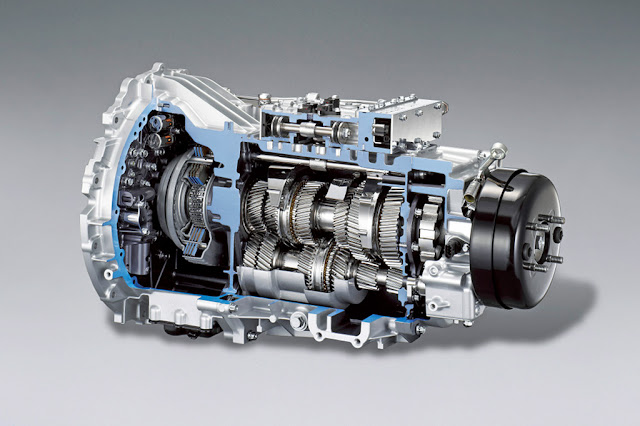The Future of Mechanical, Electrical, and Plumbing (MEP) Services

Mechanical,
Electrical, and Plumbing (MEP) Services
The future of Mechanical, Electrical, and Plumbing (MEP) services is poised to undergo transformative changes as technology, sustainability, and urbanization continue to shape the construction industry. In the coming years, MEP services will play a central role in creating smart, sustainable, and efficient buildings that cater to the needs of the modern world. Several key trends and advancements are likely to shape the future of MEP services:
Integration of Smart
Technologies: Smart technologies and the Internet of Things (IoT) will revolutionize
MEP services, enabling seamless communication and automation between
mechanical, electrical, and plumbing systems. IoT-enabled sensors and devices
will continuously monitor and optimize MEP systems in real-time, leading to
improved energy efficiency, predictive maintenance, and enhanced occupant
comfort.
Consultant and engineering services are expected to dominate the global
mechanical, electrical, and plumbing (MEP) services market share over
the forecast period.
Building Information Modeling
(BIM) and Virtual Reality (VR): The adoption of BIM and VR technologies will
become standard in MEP services. These advanced tools will facilitate better
collaboration, visualization, and simulation during the design and construction
phases, reducing errors, optimizing system performance, and expediting project
delivery.
Energy Efficiency and
Sustainability: In response to the growing focus on environmental
sustainability, MEP services will prioritize energy-efficient designs, renewable
energy integration, and green building practices. Energy modeling and analysis
will become essential for optimizing building performance and achieving
stringent sustainability goals.
Zero-Energy Buildings: The
concept of zero-energy buildings, which generate as much energy as they
consume, will gain prominence. MEP services will be at the forefront of
designing highly efficient HVAC systems, intelligent lighting controls, and
advanced energy storage solutions to achieve these ambitious energy targets.
Electrification and Renewable
Energy: The future of Mechanical
Electrical And Plumbing Services will witness a shift towards
electrification and the integration of renewable energy sources. As societies
transition away from fossil fuels, MEP engineers will focus on electrifying building
systems, such as replacing gas-powered HVAC systems with electric heat pumps,
and utilizing solar, wind, and geothermal energy to power buildings.
Resilient and Disaster-Resistant
Designs: With the increasing frequency and intensity of natural disasters, MEP
services will emphasize resilient designs that can withstand extreme weather
events and power disruptions. This will include robust backup power systems,
advanced fire protection, and flood-resistant measures.
Prefabrication and Modular
Construction: To improve project efficiency and reduce construction timelines,
MEP services will see increased adoption of prefabrication and modular
construction techniques. Offsite manufacturing of MEP components will enable
faster installation and minimize disruptions on the construction site.
Indoor Air Quality and Health
Considerations: As awareness of indoor air quality's impact on health grows,
MEP services will prioritize the implementation of advanced ventilation, air
purification, and filtration systems to create healthier indoor environments.
The future of Mechanical,
Electrical, and Plumbing (MEP) services is undoubtedly exciting and
transformative. As technology continues to evolve, sustainable practices become
more critical, and buildings become smarter, MEP services will be at the
forefront of creating innovative solutions that enhance energy efficiency,
occupant comfort, and environmental sustainability. MEP engineers and
professionals will need to adapt, embrace new technologies, and stay informed
about emerging trends to successfully navigate the evolving landscape and
contribute to building a more sustainable and connected future.


%20Market1.png)
Comments
Post a Comment